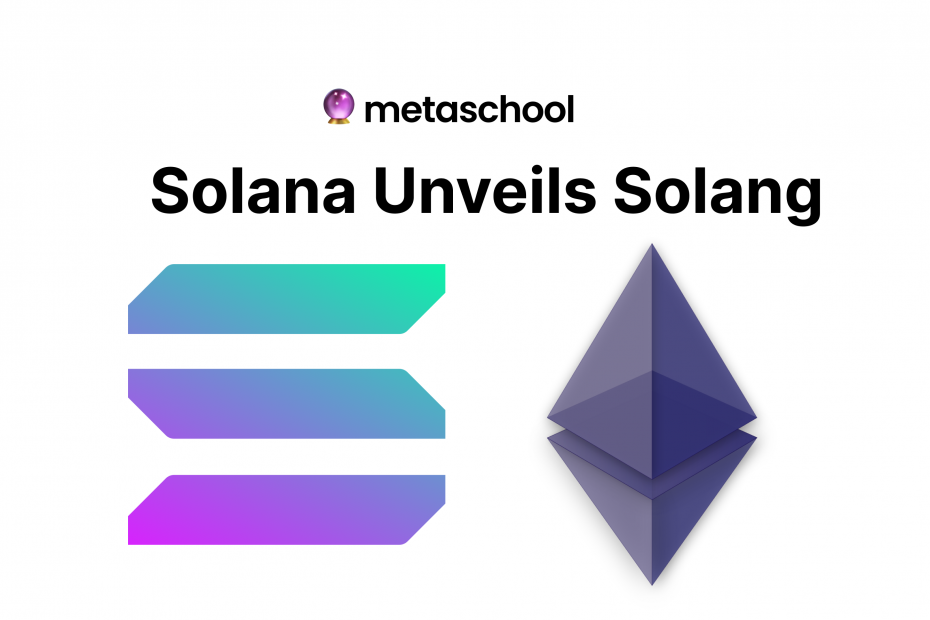Table of Contents
When it comes to innovation and adapting new technologies, Solana Labs are way ahead in the game. After becoming the first Layer-1 blockchain to have integrated ChatGPT in May 2023, Solana is all set to set some new records. No wonder it is called the Apple of Web3. And so, on July 19, 2023, Solana got on Twitter and officially announced the much-anticipated unveiling of Solang.
Solang is a Solidity compiler that is created and written in the Rust programming language. Its main goal is to make it easier for Ethereum Virtual Machine (EVM) users to smoothly transition to the Solana ecosystem.
Why did Solana introduce Solang?
Before Solang, Solana developers mainly leveraged Rust and C as the primary smart contract development languages. However, Solana, being a trailblazing innovator, soon realized that a Solidity compiler would lead to an immense increase in its users.
This is because the native language of the Ethereum blockchain, Solidity, happens to be the most popular programming language with a massive user base. In fact, as per a survey conducted in 2023, out of 1401 respondents in a representative sample around 64% shared that they use Solidity at work. The number of average daily users of Solidity is over 500,000. Solana, on the other hand, has 160,000 daily users.
✨ Read this: Guide to Metaplex, a Solana-based NFT Creator Studio
So, with Solana’s built-in features – efficiency, high TPS rate, and scalability – and the EVM-compatible Solang compiler, that leverages the usability and numbers of Solidity, the Solana network is poised to give the greatest development experience to its users and rise to the top.
How does the Ethereum-Solana compatibility help developers?
There is no doubt that Solang is especially great news for blockchain developers. Because with the compiler, they can now build on Solana with Solidity and help bridge the gap between EVM and the Solana ecosystems. This provides developers with a direct gateway to build decentralized applications on Solana. That’s some intricate level of interoperability.

Compatible with Ethereum Solidity version 0.8, Solang makes it easier for developers to make cross-chain applications, increases the overall interoperability between Solana and Ethereum, and eventually attracts more developers to the Solana network.
☀️ Also see: Create your own Solana token in Rust
Moreover, Solang is going to be extra useful for those developers who want their dapps to gain value and a user base beyond their immediate blockchain ecosystem. All in all, the developers will now be able to write Ethereum smart contracts that are compatible with Solana and vice versa. Developers can also leverage SPL tokens, Anchor and access Solana’s native built-in functionality.
How to install Solang?
- When installing Solang, ensure to check your prerequisites These prereqs are having Rust and Node.js installed on the system. Windows users will also need to have Windows Subsystem for Linux set up.
- Then, install the Solana Tool Suite which contains the latest version of Solang as well as Solana Command Line Interface (CLI).
- Now, install the Anchor Framework, a widely used Solana framework which greatly helps in simplifying the process of building Solana programs. Version 0.28 allows you to build Solang directly through Anchor.
- Lastly, if you’re a Visual Studio Code (VSCode) user, Solana recommends to install the Solang extension to assist with syntax highlighting.
In conclusion,
Solang is essentially a merger of two popular and powerful blockchains. It is the result of Solana’s excellent efficiency and Solidity’s popularity, diversity, and user base. What are your thoughts on this recent development? Tell us in the comments section below.
